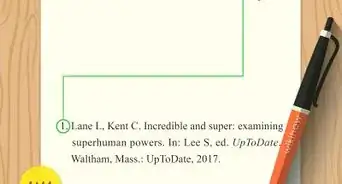This article was co-authored by Christopher Taylor, PhD and by wikiHow staff writer, Jennifer Mueller, JD. Christopher Taylor is an Adjunct Assistant Professor of English at Austin Community College in Texas. He received his PhD in English Literature and Medieval Studies from the University of Texas at Austin in 2014.
This article has been viewed 59,406 times.
Many non-fiction books and academic journal articles have explanatory footnotes that can provide interesting information not contained in the main text. If you're writing a research paper, you may want to reference one of these footnotes in your paper. When using Modern Language Association (MLA) style, you cite directly to the note in your in-text citation using the letter "n" followed by the footnote number. In your "Works Cited," however, you want to cite the full work, not just the footnote.[1] Footnotes are different from endnotes, which come at the end of your paper. You can find more information about how to do endnotes here.
Steps
Writing In-Text Citations
-
1Use the author-page method for parenthetical citations. Generally, when you paraphrase or quote a reference in your research paper, you should follow it with the author of the work and the page number (or page numbers) where the material appears.[2]
- For example: "(Eggers 23)."
- The citation goes inside the punctuation. Do not include any punctuation or abbreviations (such as "p.") before the page number.
-
2Distinguish multiple works by the same author with shortened titles. In some papers, you'll want to discuss several books or articles written by the same author. Include 1 to 3 words from the title so your readers know which specific work you're talking about.[3]
- Your shortened title typically will be made up of the first couple of words in the title, excluding any initial articles such as "a" or "the."
- Put article titles in quotation marks and book titles in italics. For example: "(Eggers, Heartbreaking Work 23)."
Advertisement -
3Add the footnote number to cite a specific footnote. If the information you've paraphrased or quoted is found in a footnote rather than in the text itself, it's appropriate to direct your readers to that particular footnote by using the letter "n" followed by the footnote's number.[4]
- For example: "(Eggers 23n4)."
- If you're referencing multiple notes on the same page, use brackets and the abbreviation "nn." For example: "(Eggers 23 [nn 4, 7, 9])."
-
4Leave out page numbers for electronic sources. If you're citing an online source that includes numbered footnotes (or more probably, numbered endnotes), you won't have a page number. You ordinarily wouldn't have a parenthetical citation for these sources, but you should point your reader to the footnote you quoted or paraphrased.[5]
- For example: "(Eggers n4)."
-
5Build references into your text where possible. Parenthetical citations can disrupt the flow and readability of your text. For this reason, the MLA style guide encourages writers to include the author's name in the text of your paper itself, so you only have to note the page number where the information is found.[6]
- For example: "When Dave Eggers wrote his book, A Heartbreaking Work of Staggering Genius, he was unprepared for how the book would be embraced by cancer survivors (23n4)."
Building Your Full Citation
-
1Gather information about the source. When you provide a full citation in your "Works Cited," you need to provide information about the whole work. Regardless of the type of work, all MLA citations include the same basic components.[7]
- Generally, you'll need the author, title, names of other contributors, any specific version or issue numbers, and publication information.
- For print sources, this information can be easily found by looking on the title page of the work.
- Online and multimedia sources may require additional research to find the information that you need to build a full citation. Ask your instructor or a librarian for help if you're having trouble finding the information you need.
-
2Use the "container" concept for a work that's part of another work. The 8th edition of the MLA style guide introduced the concept of "containers." As you build your citation, you start with the smallest unit and move up to the largest.[8]
- For example, you might be citing the footnote to an article in an academic journal found in an electronic database. Start with the name of the article, then the name of the journal, then list the database where the journal is housed.
-
3Add a direct URL and your date of access for works accessed online. A direct URL allows your readers to go directly to your source and read it themselves. Since things found online can move around or disappear, the date you accessed it can help a reader find an archived copy if it is later removed.[9]
- For MLA citations, you don't have to include the "http://" portion of the URL, just the part that begins after the slashes. Typically this starts with a "www."
-
4Check your citation against MLA templates. MLA provides online templates which can help you practice building full citations using the container method. You can also use these templates to check your work after you've created a citation, especially if you have an unusual source.[10]
References
- ↑ https://style.mla.org/how-do-i-cite-a-numbered-footnote/
- ↑ https://guides.libraries.psu.edu/mlacitation/intext
- ↑ https://owl.purdue.edu/owl/research_and_citation/mla_style/mla_formatting_and_style_guide/mla_in_text_citations_the_basics.html
- ↑ https://style.mla.org/how-do-i-cite-a-numbered-footnote/
- ↑ https://owl.purdue.edu/owl/research_and_citation/mla_style/mla_formatting_and_style_guide/mla_in_text_citations_the_basics.html
- ↑ https://style.mla.org/how-do-i-cite-a-numbered-footnote/
- ↑ https://owl.purdue.edu/owl/research_and_citation/mla_style/mla_formatting_and_style_guide/mla_works_cited_page_basic_format.html
- ↑ http://researchguides.library.tufts.edu/CitingSources/CitingSourcesMLA
- ↑ https://owl.purdue.edu/owl/research_and_citation/mla_style/mla_formatting_and_style_guide/mla_in_text_citations_the_basics.html
About This Article
To cite footnotes in MLA, you need to add a number after the reference in the text that corresponds to a footnote at the bottom of the page. If the information you’ve paraphrased, quoted, or referenced is found in the footnote rather than the text itself, you can direct readers to the full footnote by using the letter “n” and the number that corresponds with the number of the footnote. For example, if you quote an author in your literature essay, you would follow the quote with a footnote like, “n4.” At the bottom of the page, the number 4 would be next to the full quote or additional information related to your reference. To learn how to build a works cited page from our PhD co-author, keep reading!
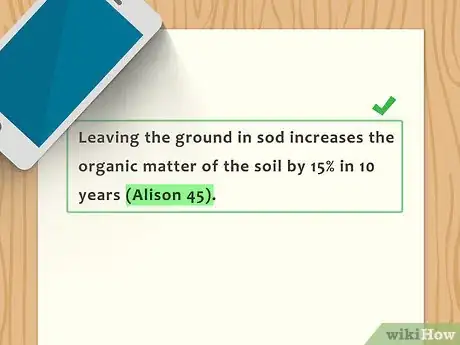
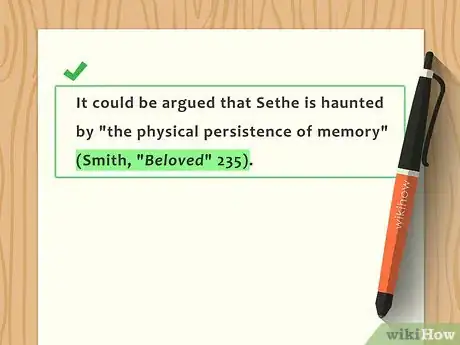





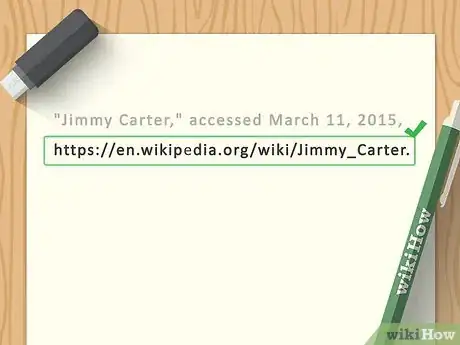

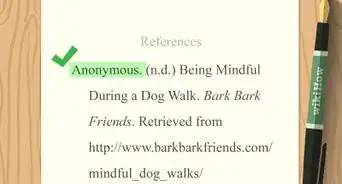





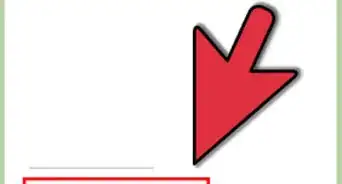


-Step-18.webp)


